A Japanese Coast Guard plane's earthquake rescue mission turned tragic when it collided with a passenger plane, killing five people.
Major Genki Miyamoto, 39, received orders from headquarters on January 2 to pilot a Bombardier DHC-8-315 patrol and rescue aircraft of the Japan Coast Guard (JCG) carrying relief supplies from Haneda airport to Niigata province to support victims of the earthquake disaster the day before.
Joining Major Miyamoto on this mission were his co-pilot, radio operator, radar operator, flight engineer, and aircraft maintenance technician. Miyamoto is considered an experienced pilot, with 3,641 flight hours, including 1,149 hours as captain. He began flying the DHC-8-315 in early 2017 and was assigned to the JCG's Haneda base in April 2019.
The Bombardier DHC-8-315 is a medium-range twin-propeller aircraft equipped with infrared sensors and sea-scanning radar, and capable of carrying cargo when not on patrol. The aircraft has a special design, with the wings positioned above the fuselage, allowing those inside to easily observe the sea below through the windows.

DHC-8 aircraft with wing design above the fuselage. Graphics: USA Today
However, this design is considered by experts to be one of the possible causes of the tragedy with the DHC-8-315 in the collision with a Japan Airlines Airbus A350-900 passenger plane on the runway of Haneda International Airport, Tokyo on January 2.
At around 5:43 p.m. that day, Major Miyamoto piloted the aircraft from the parking lot along the taxiway to approach Runway 34R at Haneda Airport. He contacted the Coast Guard headquarters, informing them that he had been "granted permission to approach the runway for takeoff" by the Haneda Airport air traffic controller.
At the same time, the A350, carrying 379 people, approached runway 34R after receiving instructions from air traffic controllers, according to radio traffic recordings on the LiveATC website. From the cockpit of the A350, the pilot likely could not have seen the much smaller Bombardier DHC-8-315 taxiing toward the runway, as it was dark and the design of the patrol plane meant that its interior cabin lights were obscured by the wings when viewed from above.
As soon as the A350 landed, passengers heard a loud bang, followed by a huge fire and smoke quickly filling the cabin. The giant plane slid down the runway, the fire spreading from the left side. Miraculously, all passengers and crew members safely evacuated the plane within 5 minutes, before it was engulfed in flames.
The moment the A350 plane was engulfed in fire. Video: Reuters
At the head of the runway, the patrol plane was not so lucky. It was also deformed and caught fire after the collision, then burned to the ground. Major Miyamoto managed to escape with serious injuries, but five of his teammates were killed.
Sally Gethin, an aviation expert in the UK, said that the fact that the reconnaissance aircraft was not equipped with a modern ADS-B transponder could be another reason for the collision.
ADS-B helps increase the ability to identify and determine the location of aircraft, including important information to avoid collisions such as global positioning system (GPS) position, altitude and speed. Information from ADS-B is transmitted to GPS satellites and relayed in real time to air traffic control points and other aircraft. This system is considered to be more accurate than conventional radar systems, according to the US Federal Aviation Administration (FAA).
"The transponder on the plane helps the air traffic control tower and other planes in the area know the situation," Gethin said.
Images from the scene show that the belly of the Airbus A350-900 appears to have scraped the nose of the patrol plane, severing the plane’s fuel line. The leaking fuel immediately ignited, creating a giant fireball.
British aviation expert Tim Atkinson said the Bombardier aircraft is much smaller than the A350, but it still weighs around 20 tonnes and carries quite a lot of fuel when preparing to take off.
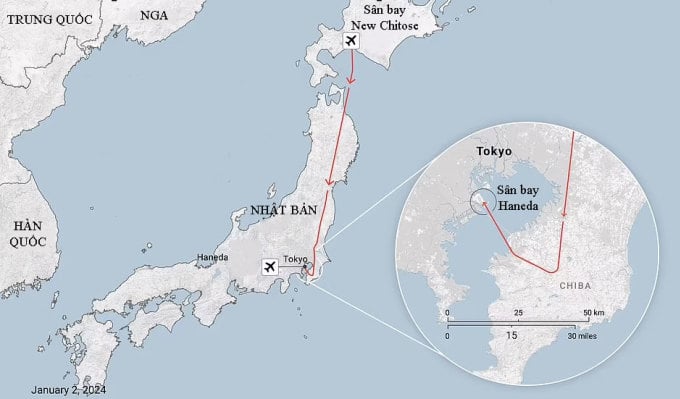
Japan Airlines A350 flight route before the crash. Graphics: AA
Japanese authorities announced on January 3 that they had found two black boxes from the Japan Coast Guard plane and would retrieve the data to find out what happened to the plane before the crash. Tokyo police have also opened a parallel investigation into suspected negligence causing casualties and have set up a special unit to interview those involved.
Japanese aviation safety officials and the JCG said it would take time to determine the cause of the tragedy, including technical factors, human factors and objective conditions. However, the hypothesis of a communication error between the pilot and the air traffic control tower is receiving the most attention.
Japanese broadcaster NHK quoted an official from the Ministry of Land, Infrastructure, Transport and Tourism as saying the accident may have occurred because "the captain of the Coast Guard plane misunderstood instructions from air traffic controllers."
"The first question that needs to be clarified is whether the surveillance aircraft entered the runway and why this happened," said Paul Hayes, director of aviation safety at British consultancy Ascend.
Gethin also said the investigation needed to clarify what happened in the communication between the parties. "It's not clear why, but it seems the smaller plane was in the wrong place at the wrong time," Gethin said.
John Cox, a former air accident investigator in the US, said the investigation in Japan should focus first on the instructions from the air traffic control tower, then assess why the Japan Airlines pilot did not see the patrol plane as it prepared to land.
According to the US-based Flight Safety Foundation (FSF) think tank, errors in communication and coordination between aircraft are often the cause of collisions or near-collisions on runways. The FSF recommends that airlines develop and equip aircraft with better positioning technology so that air traffic controllers and pilots can detect collision risks earlier.
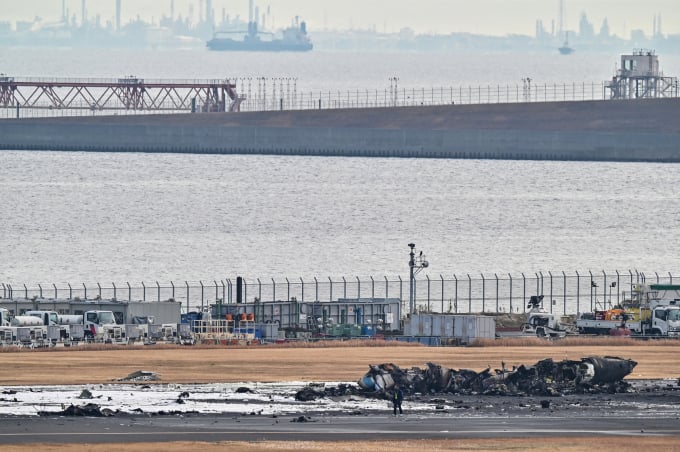
The wreckage of a Japan Coast Guard plane on the runway at Haneda Airport on January 3, after a collision that killed five people. Photo: AFP
"Runway collision risk is a global concern. We have seen how serious the consequences of these incidents can be," said FSF CEO Hassan Shahidi.
After escaping from the deformed plane that was about to burst into flames, Major Miyamoto immediately called headquarters, reporting that "the plane exploded on the runway". "I escaped. The condition of my teammates on the plane is unknown", he said.
The bodies of Miyamoto's five crew members were found when firefighters extinguished the fire on the plane. "The most heartbreaking thing is that they died while carrying out an earthquake rescue mission," said Roger Whitefield, a former British pilot.
Thanh Danh (According to USA Today, Reuters, BBC, Sky News )
Source link


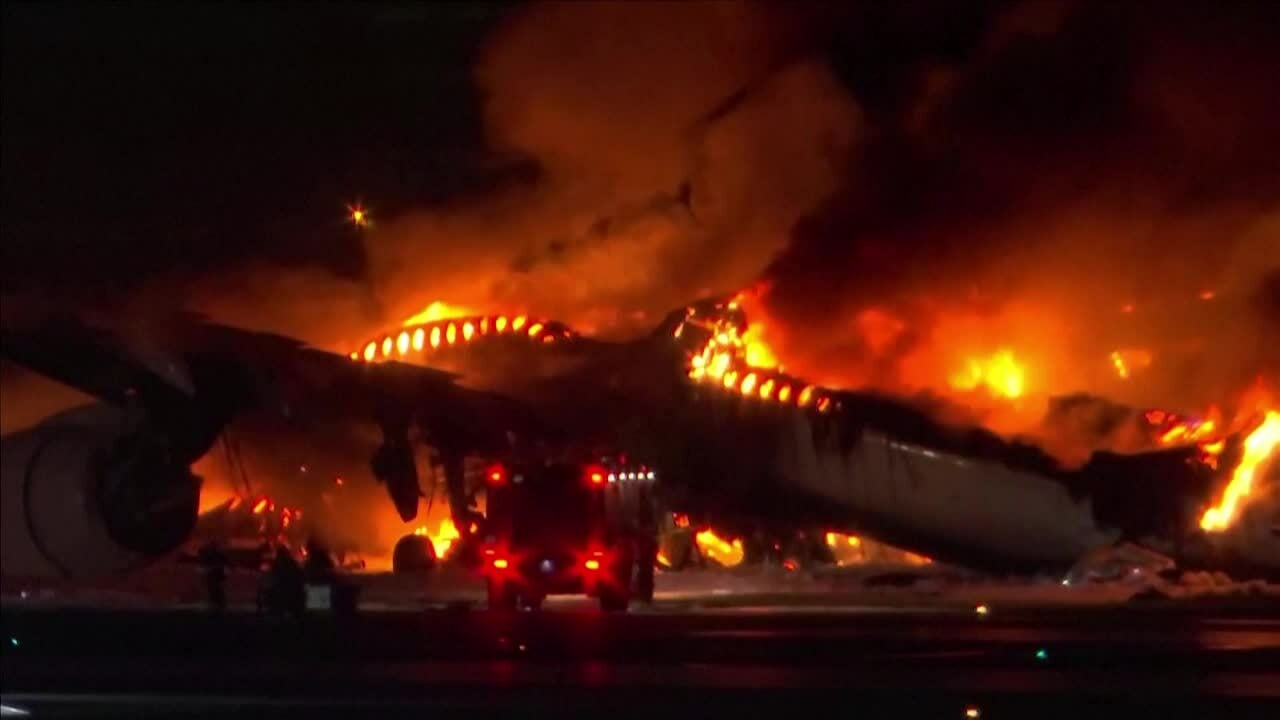

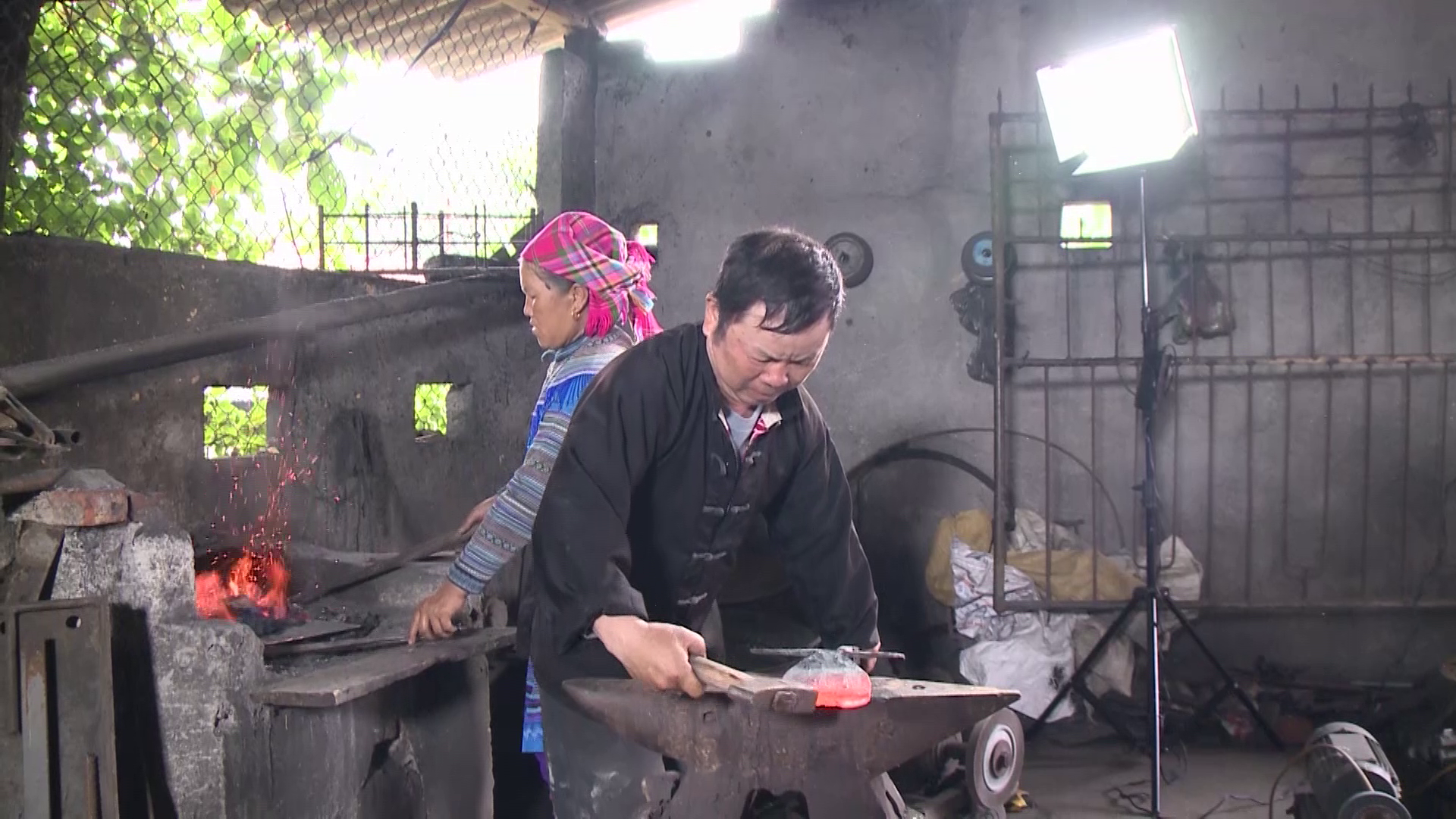

![[UPDATE] April 30th parade rehearsal on Le Duan street in front of Independence Palace](https://vstatic.vietnam.vn/vietnam/resource/IMAGE/2025/4/18/8f2604c6bc5648d4b918bd6867d08396)

![[Photo] Prime Minister Pham Minh Chinh receives Mr. Jefferey Perlman, CEO of Warburg Pincus Group (USA)](https://vstatic.vietnam.vn/vietnam/resource/IMAGE/2025/4/18/c37781eeb50342f09d8fe6841db2426c)


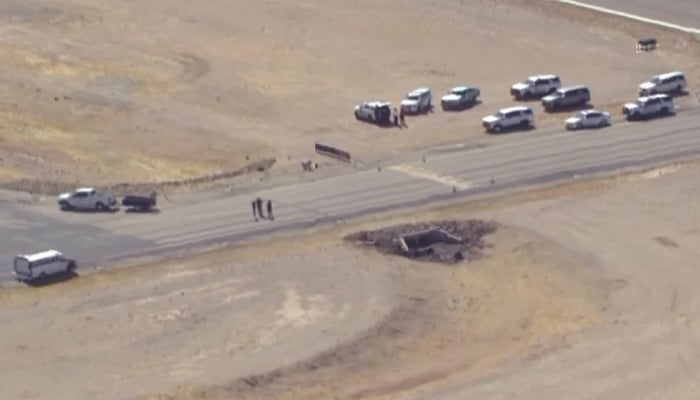

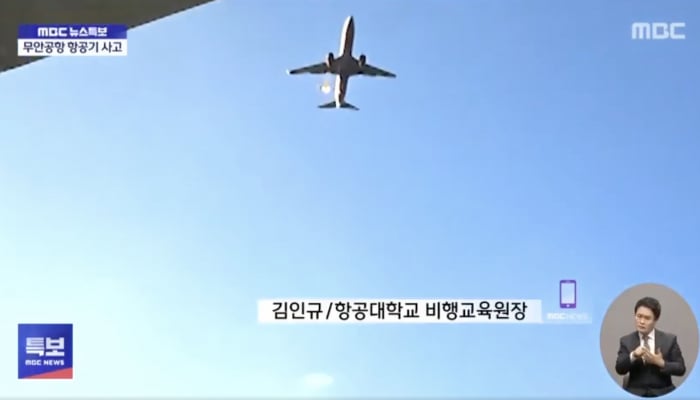
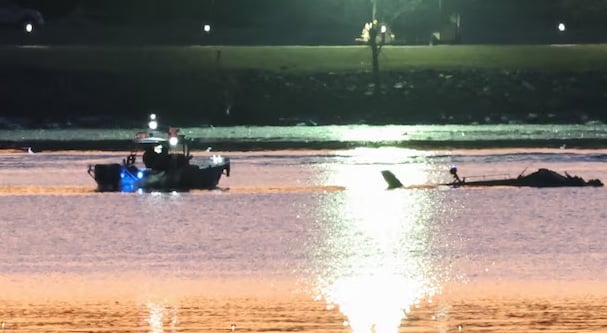
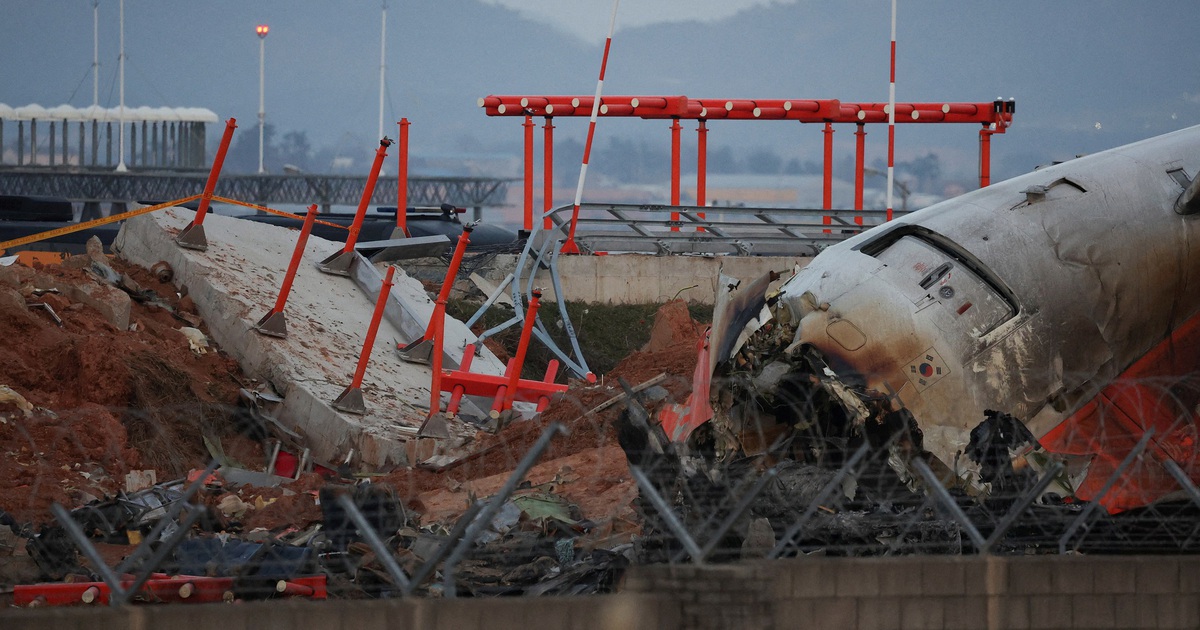

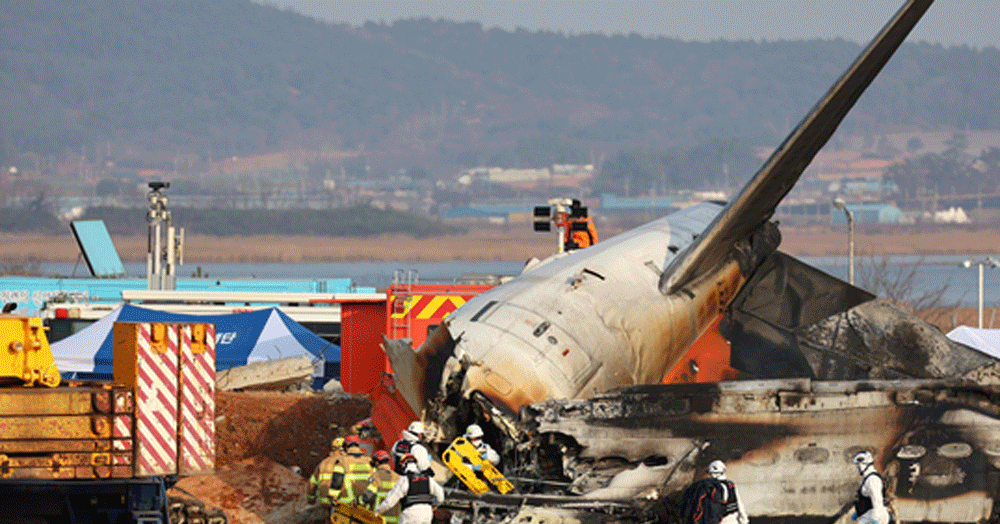



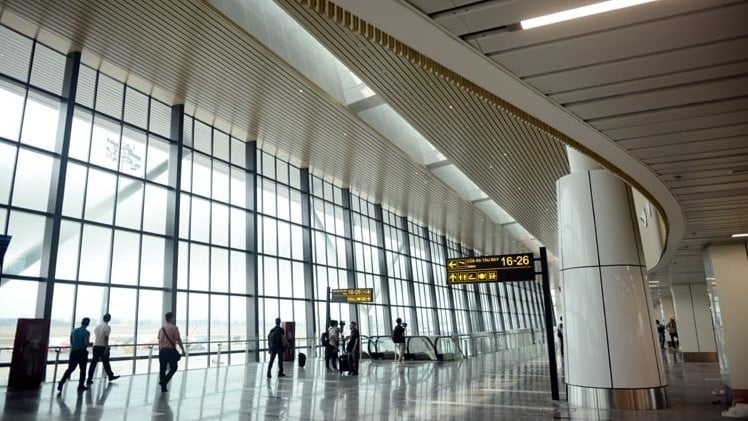

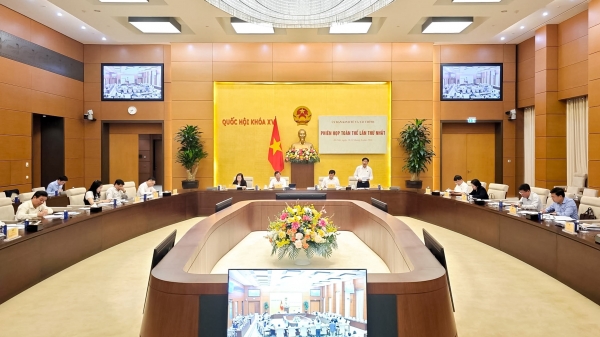





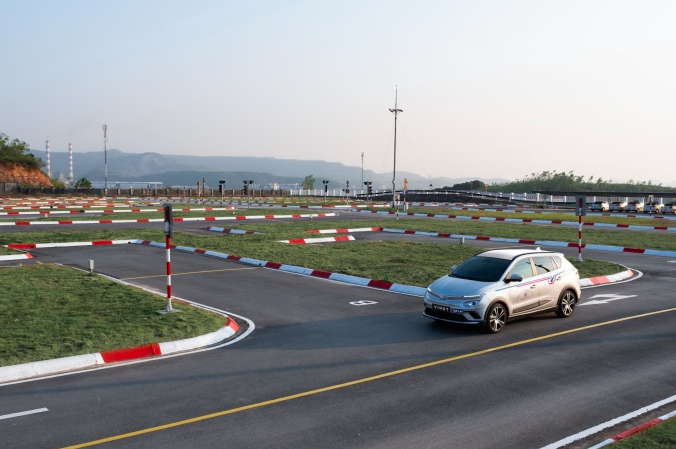
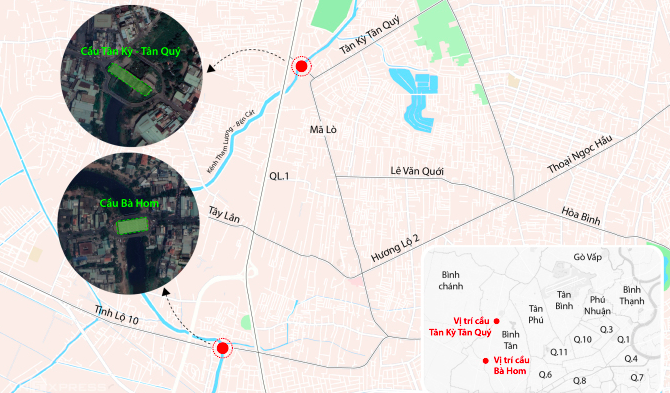


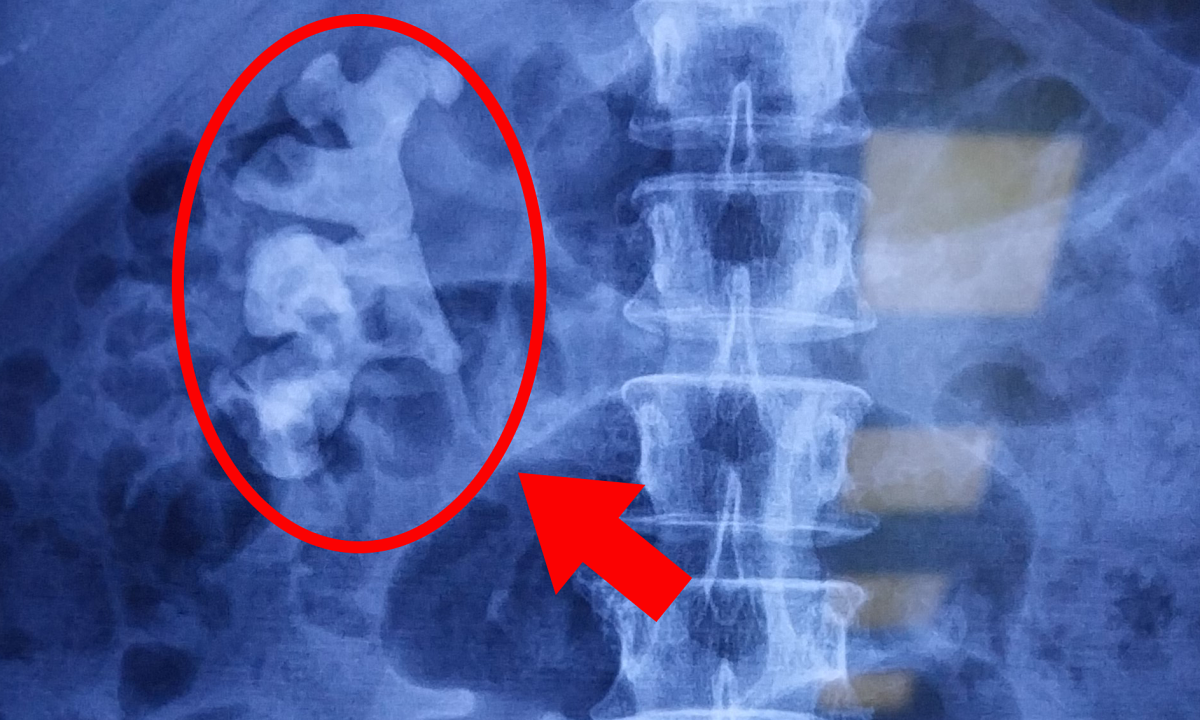



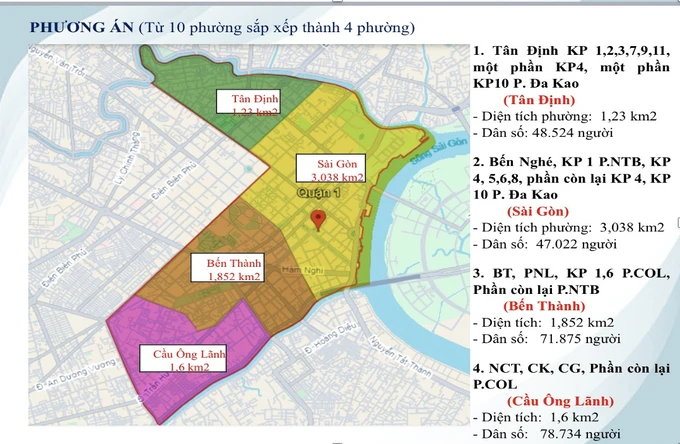

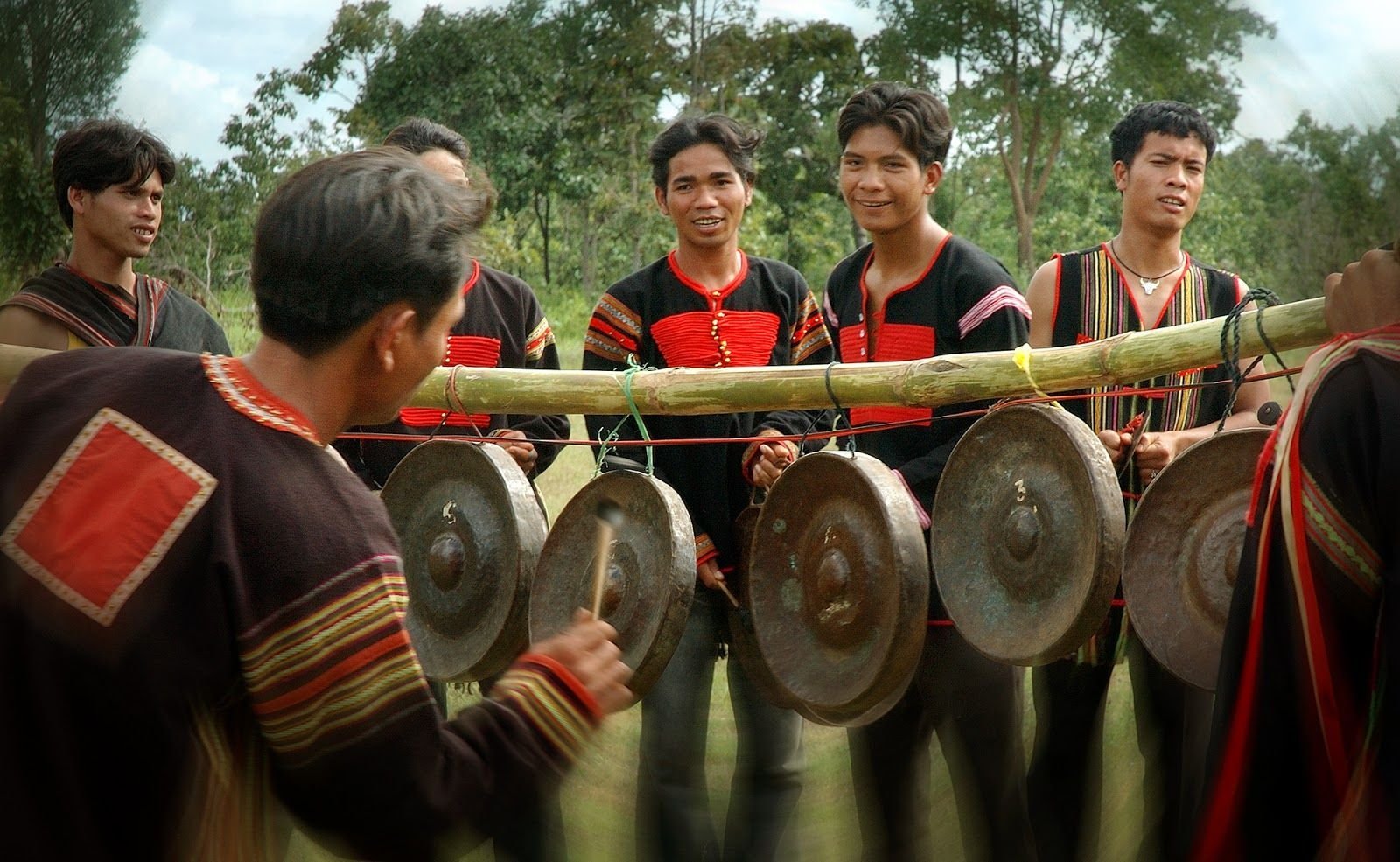





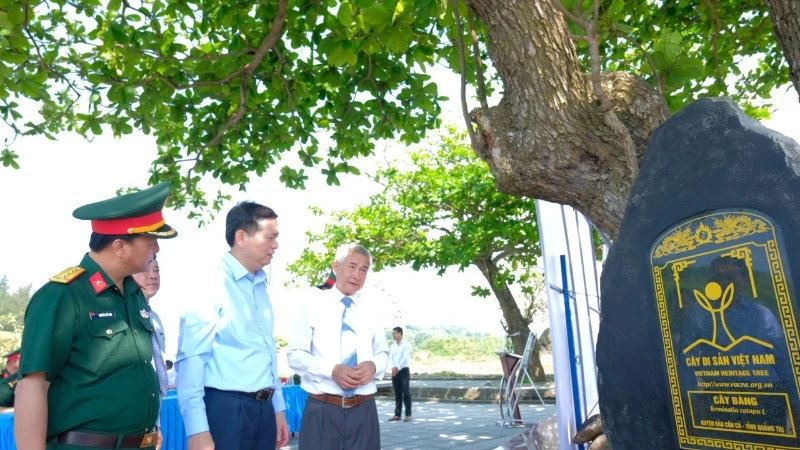

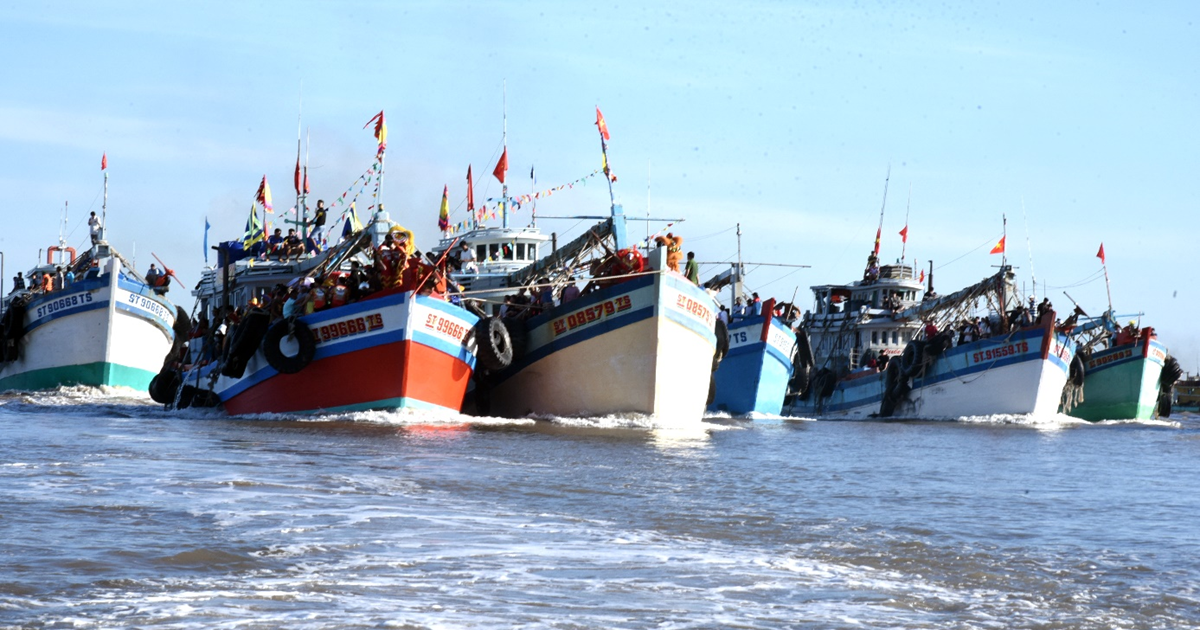




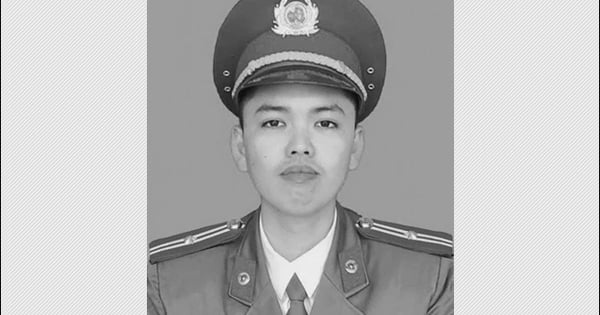








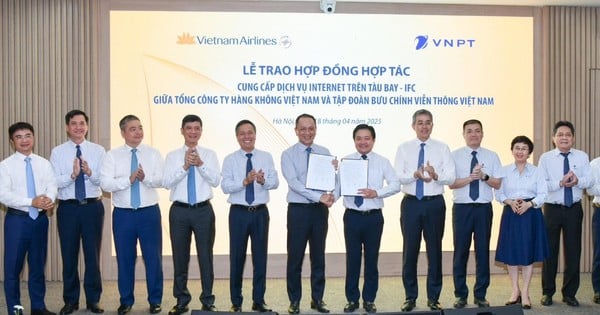
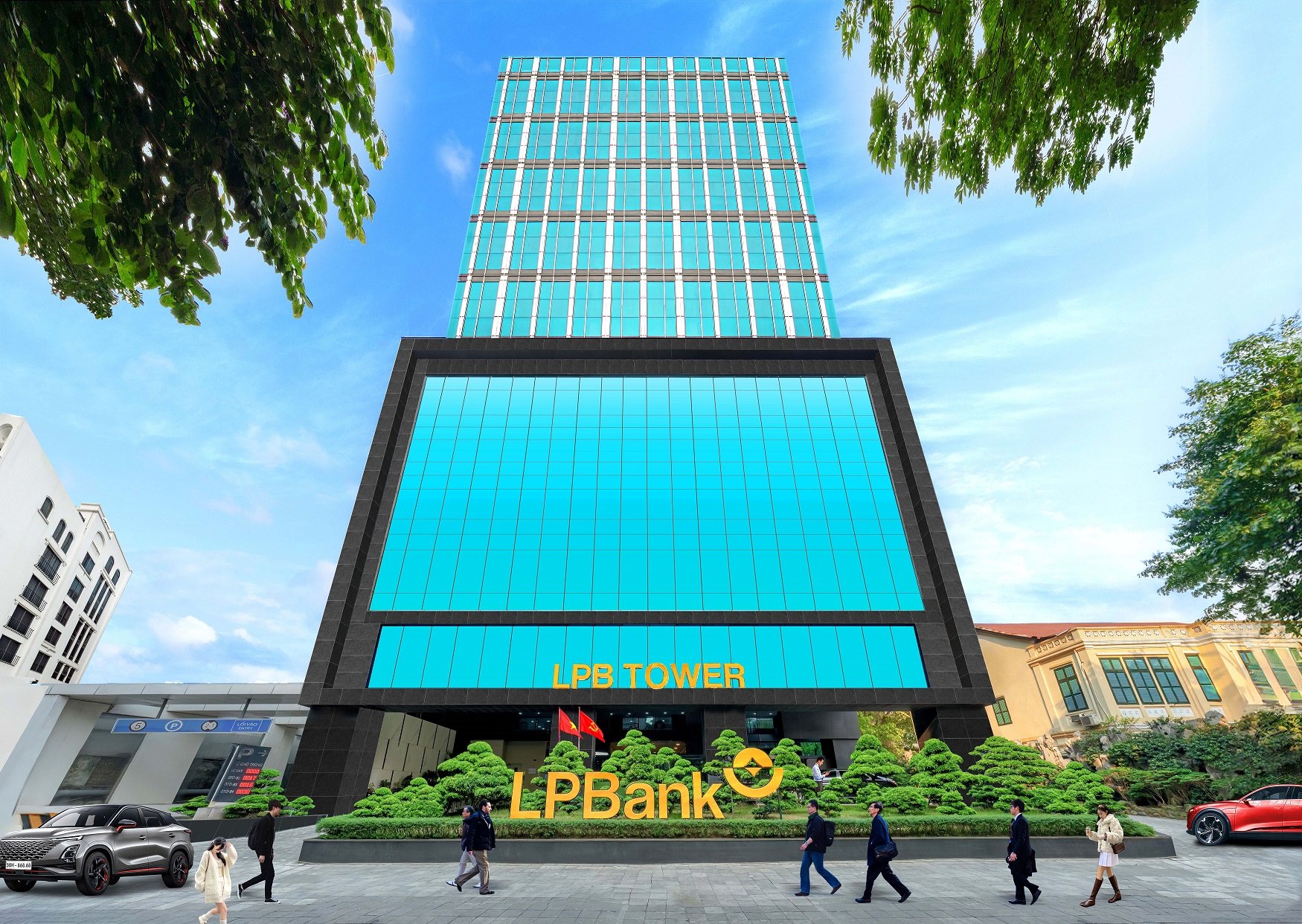





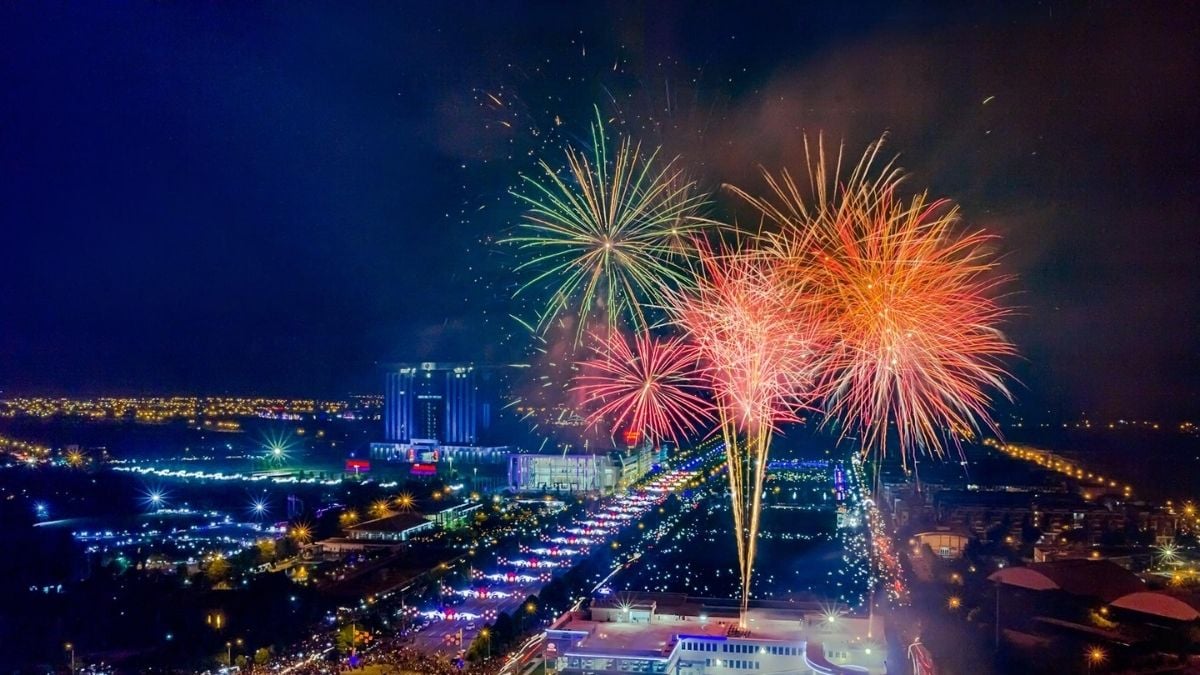
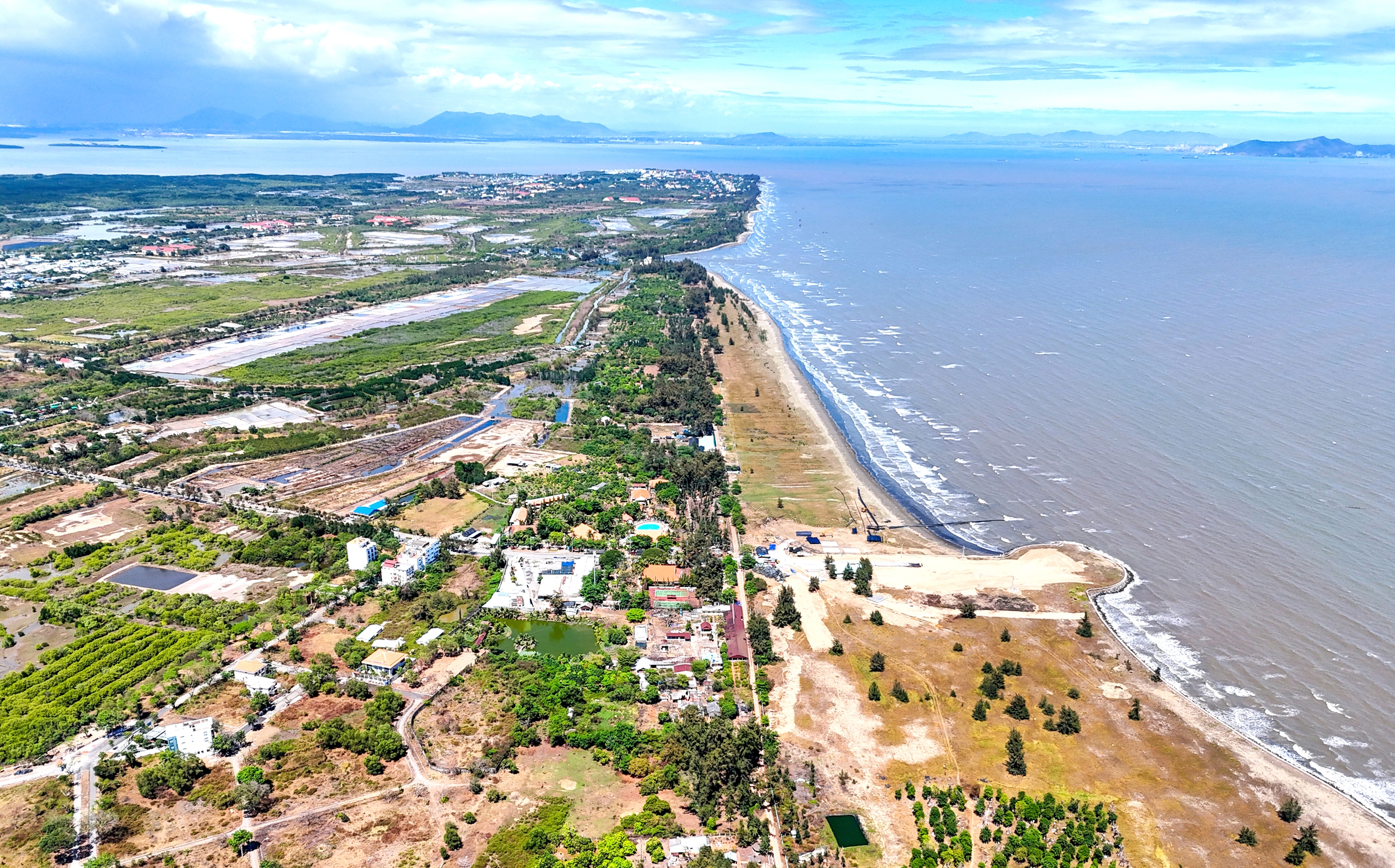

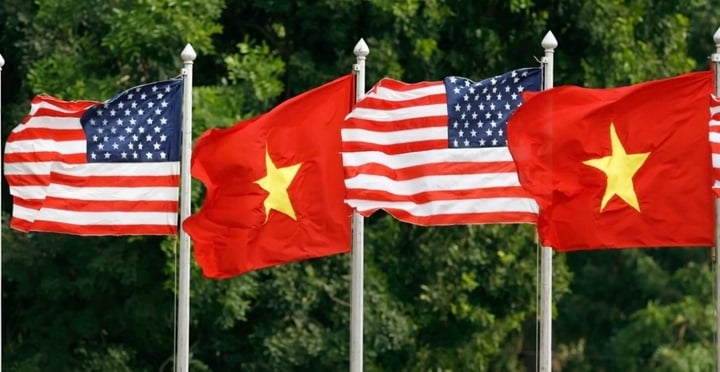

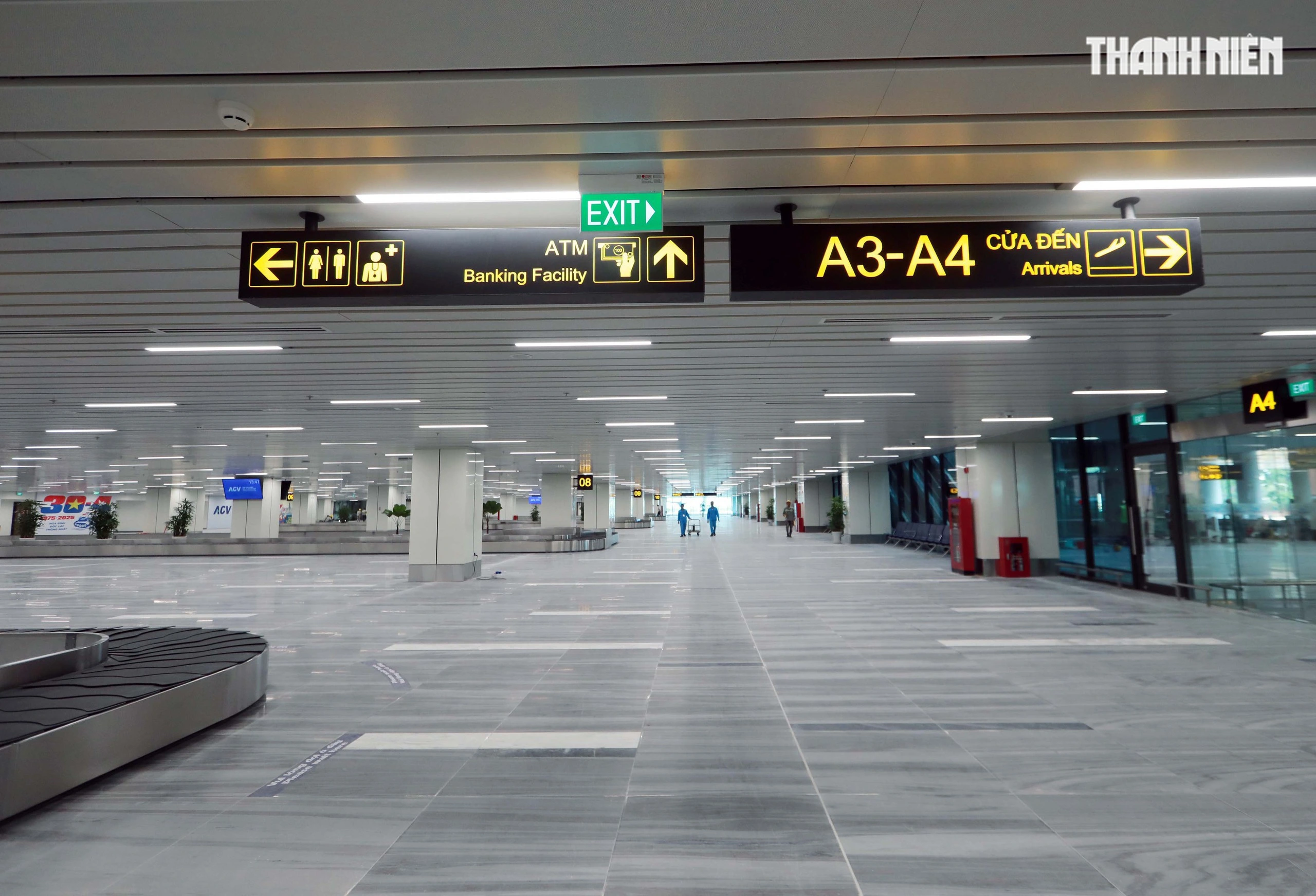
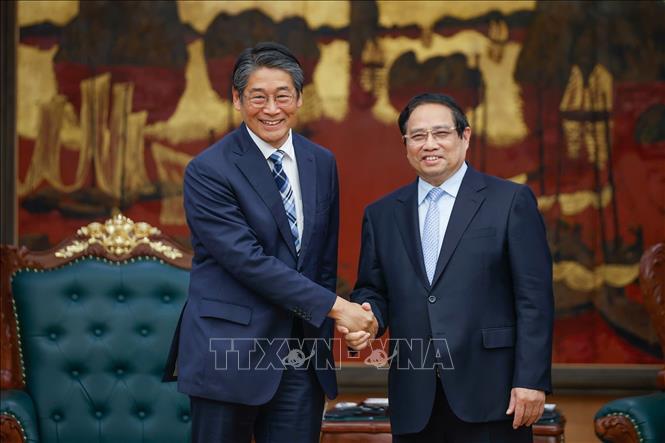





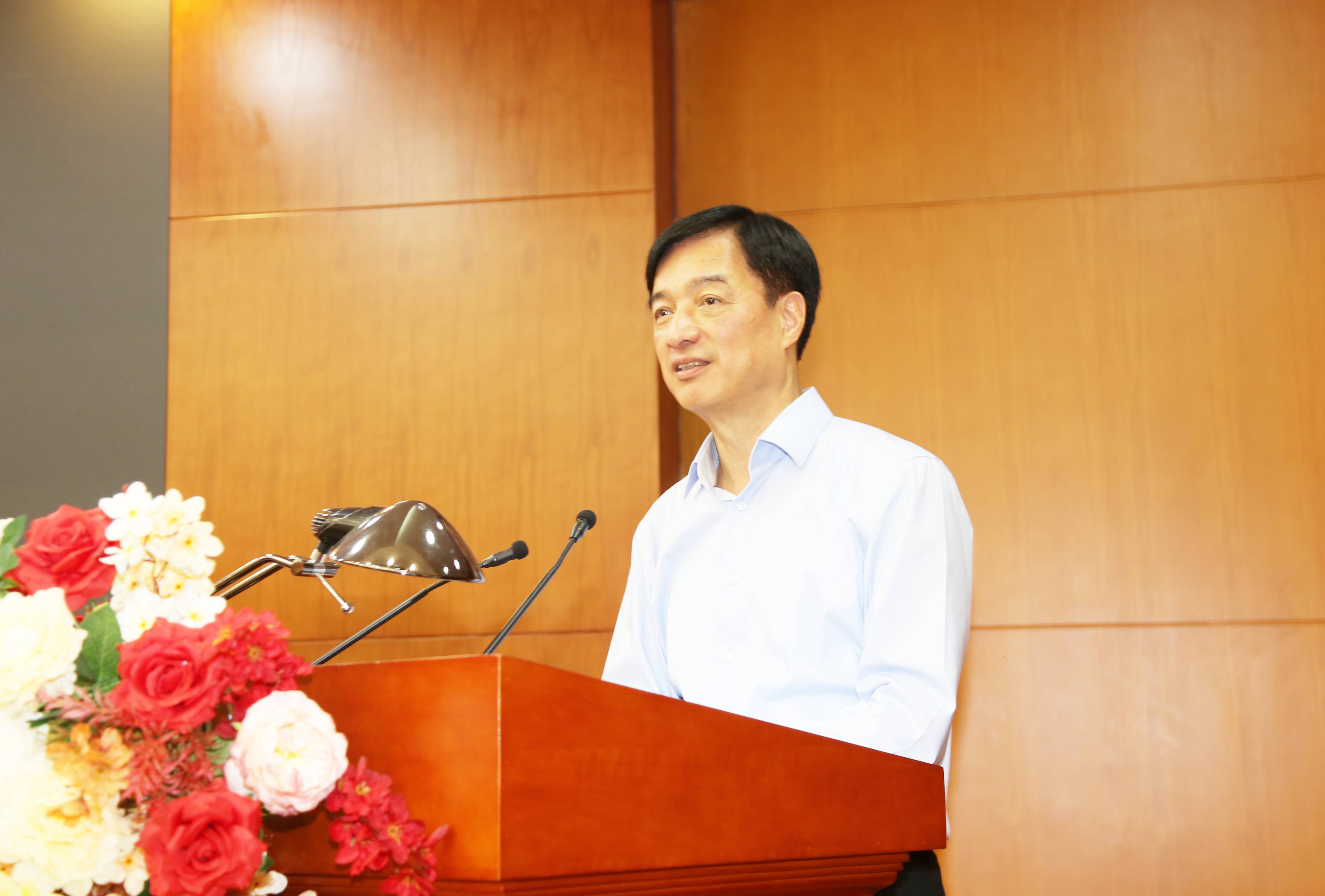



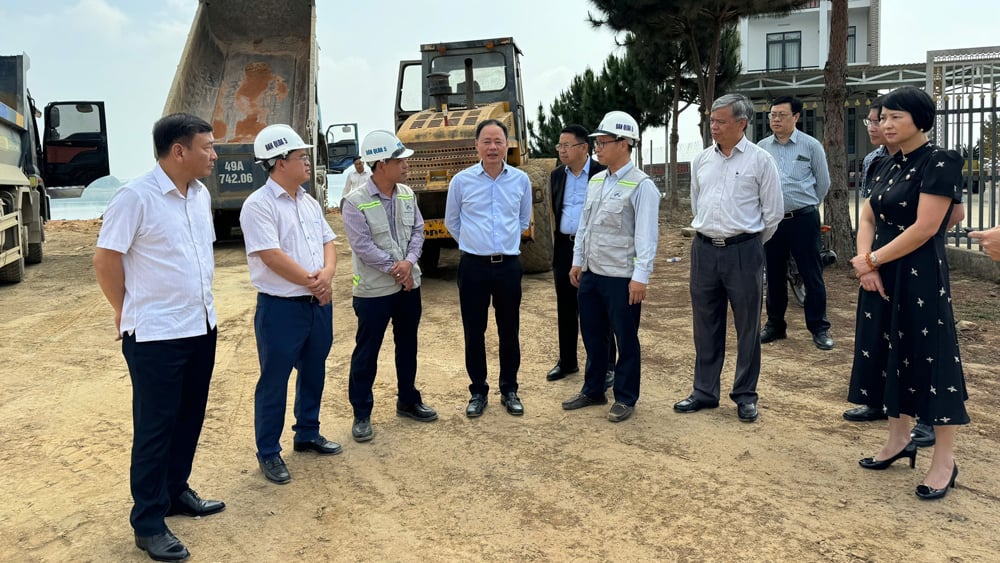

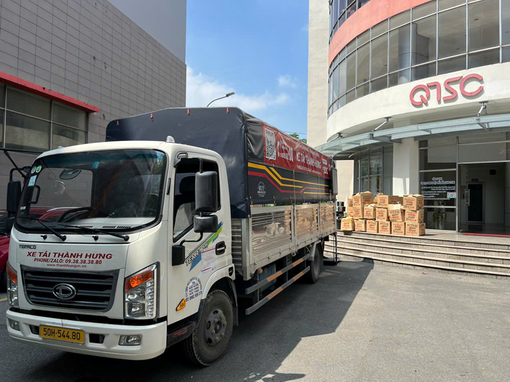

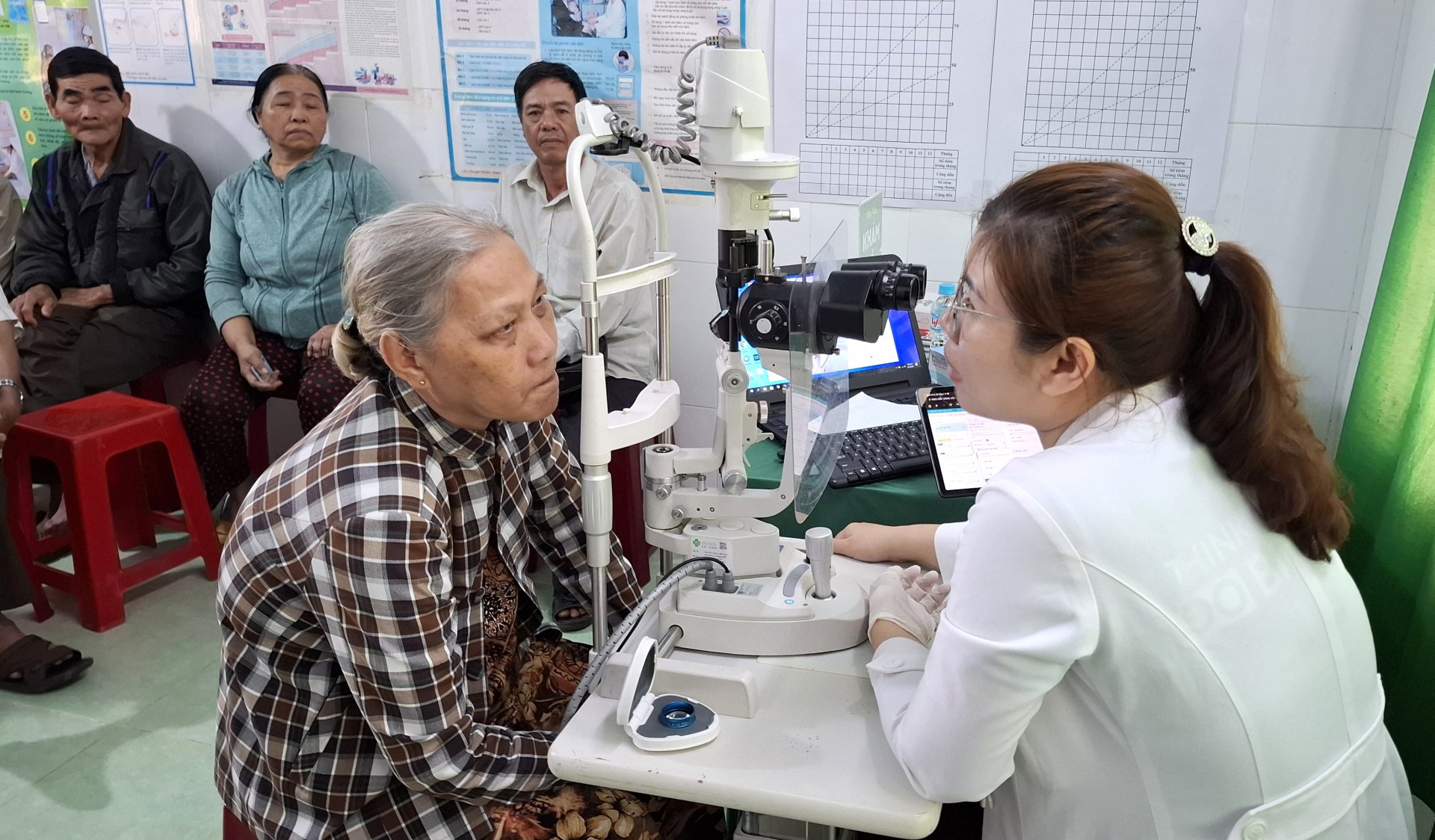

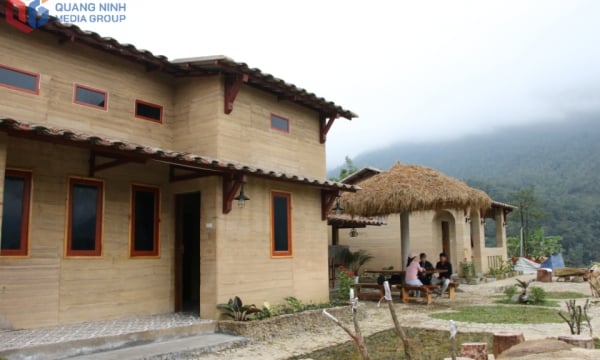



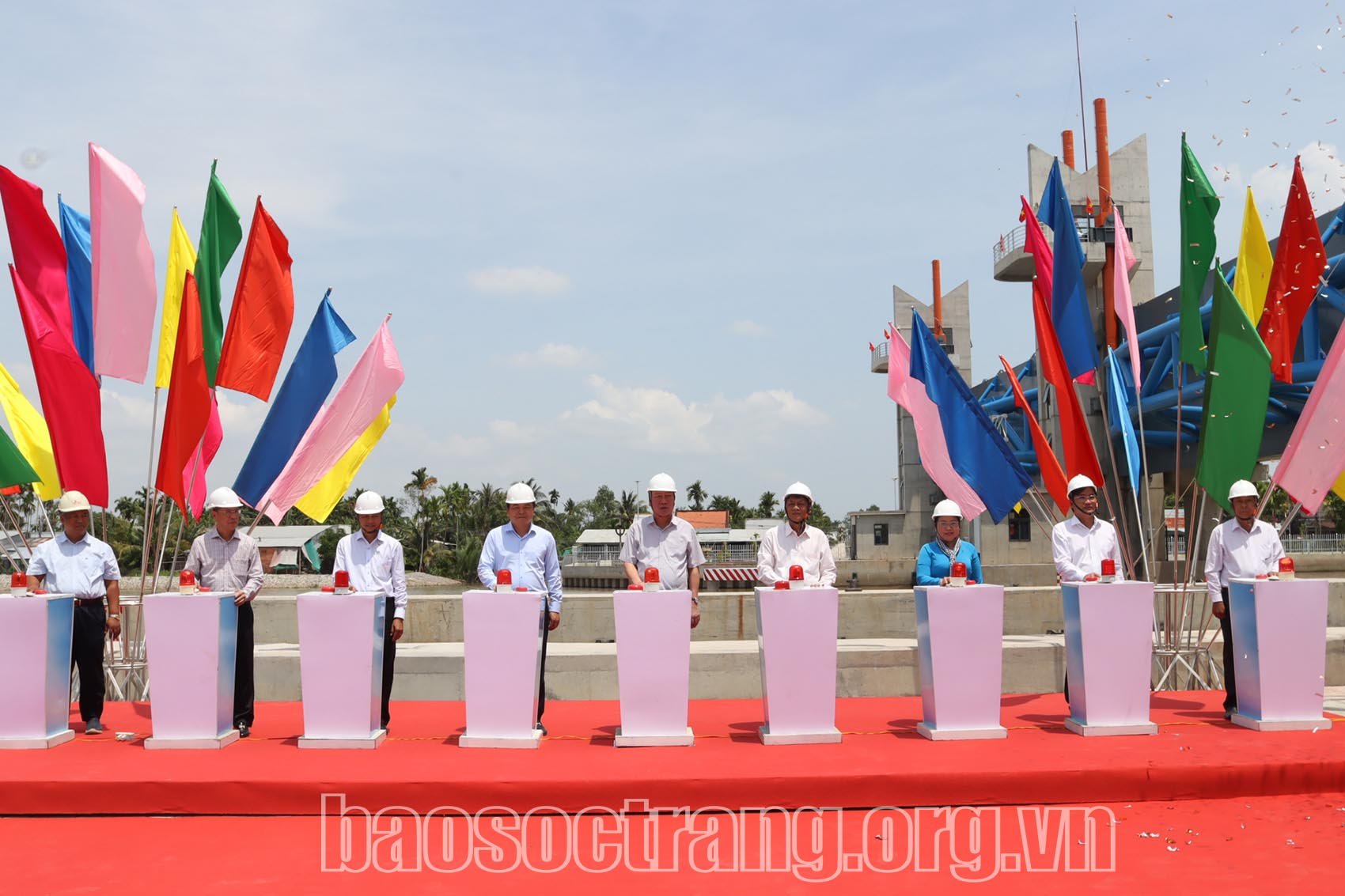









Comment (0)